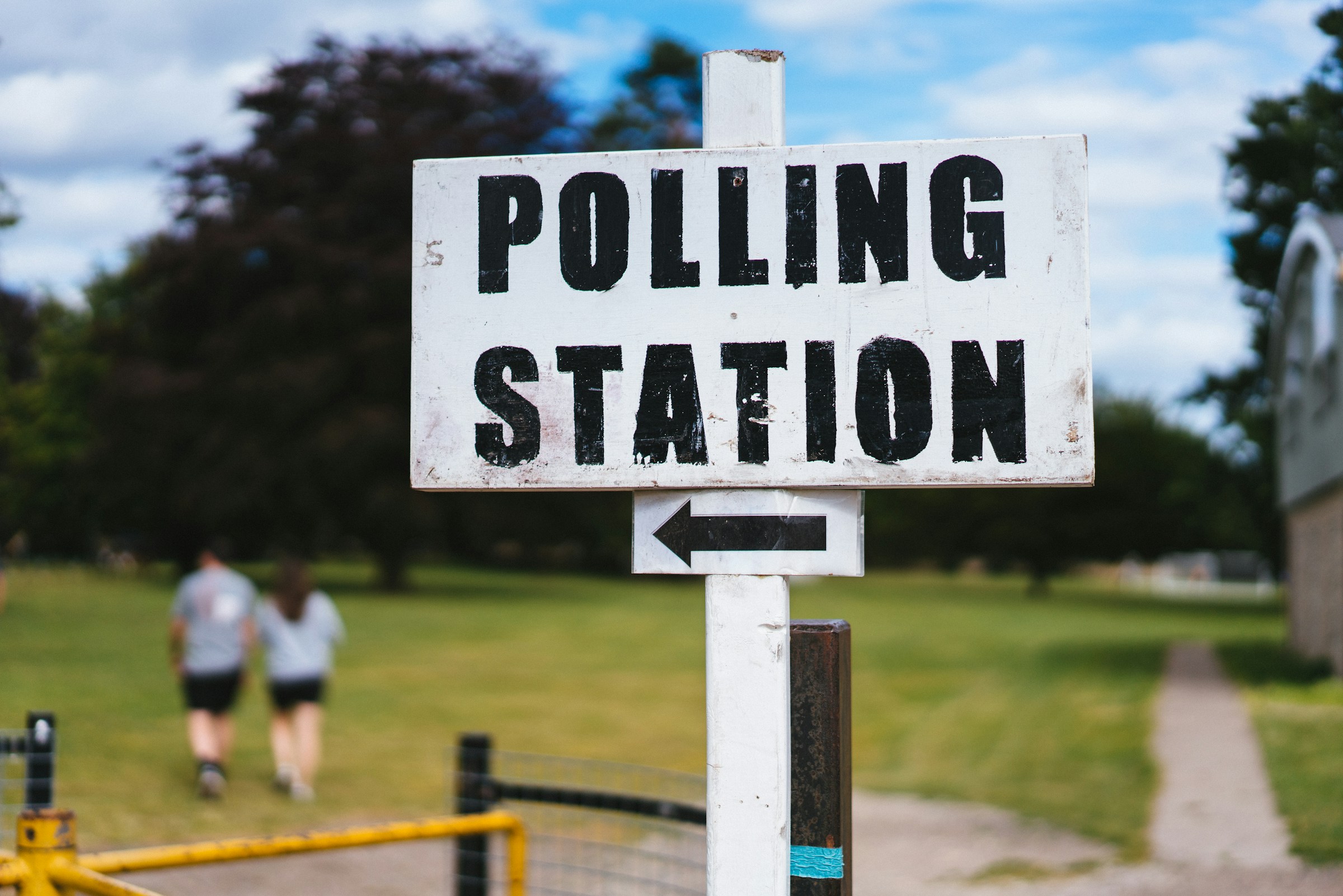I know I’ve barely mentioned it on here, but there was a teeny tiny election in the UK last week. It lead to quite a significant election result for the (then) opposition Labour Party and a change of Prime Minister – so why am I mentioning quirks? Allow me to start with some basics.
Constituencies, First Past the Post and Majorities
For the purpose of representing citizens in Parliament, the UK is split into 650 individual constituencies (also known as seats). These seats each have an elected Member of Parliament (MP) who represents that area in the House of Commons. During a General Election, all of these seats are up for grabs and typically each seat will have a number of candidates running.
Seats are voted on using a system known as First Past the Post. Simply put, each citizen is able to vote for one candidate. The candidate who achieves the highest number of votes wins their seat and is elected as that areas MP.
The goal of any party during an election is to achieve a majority by gaining at least 326 seats, which in allows them to form His Majesty’s Government. The next largest party will become His Majesty’s Most Loyal Opposition. In situations where no party gains a minimum of 326 seats the result is a Hung Parliament. Hung Parliaments require co-operation between parties to pass legislation, and don’t typically last long.
The Parties
For the last 100 years, power has traded hands between the two largest parties. However, there are three major political parties in the United Kingdom. Those parties are the Conservative Party, the Labour Party and the Liberal Democrats.
| Party | Description |
| The Conservative Party (wiki) | His Majesty’s Most Loyal Opposition Lead by Rishi Sunak and considered to be a Centre-Right or Right Wing political party. Founded in 1834. Notable former leaders of the party include Margaret Thatcher and Winston Churchill. |
| The Labour Party (wiki) | His Majesty’s Government Lead by Sir Kier Starmer and considered to be a Centre-Left political party. Founded in 1900. Notable former leaders of the party include Tony Blair. |
| The Liberal Democrats (wiki) | Lead by Ed Davey and considered to be a Liberal party. Founded in 1988. Notable former leaders include Nick Clegg. |
While the vast majority of MPs belong to one of the three largest parties, one benefit of the FPTP electoral system is that there are a number of smaller parties who are also represented in the House of Commons, in addition to a number of independent MPs who represent no specific political party. Some of these smaller parties include the Green Party, Reform UK and the nationalist/localized parties such as Plaid Cymru (Wales), the Scottish Nationalist Party (Scotland), DUP (Northern Ireland), Sinn Féin (Northern Ireland) and others. One of the more notable examples of an independent candidate would be Jeremy Corbyn, a former leader of the Labour Party who was able to gain his seat in part thanks to a tremendous amount of local support.
Where things get a little quirky
Thanks to the First Past the Post system, elections in the UK are generally fairly decisive and often result in majority governments – in fact, the last hung parliament was way back in 2010. The downside however is that it can sometimes leave elections results seeming as though they poorly reflect the will of the people. Take a look at the below chart showing the results of the election versus the vote share of each party:

As you can see in the case of Labour and the Conservatives – the two largest vote shares did lead to the two largest seat counts. You’ll also see that Labour gained majority power with a relatively low 34% vote share. However, parties like Reform UK are in a significantly disadvantaged position – they gained 14% vote share but only 5 seats. Why is that? Well, again, it’s because of first past the post. In many seats, Reform came a close second or third place but under the current system those votes become meaningless. This has lead to parties taking advantage of the system by targeting seats they believe can be flipped. For example, the Liberal Democrats have a lower vote share than Reform but were able to gain 72 seats by using this tactic.
So why doesn’t someone fix it?
Ah, that’s where things get a little complicated. As we mentioned above, First Past the Post actually kind of favours those bigger parties, often leading to healthy seat counts for them. As a result, they’ve very little incentive to change anything. Additionally, it disadvantages parties that the big 3 would be worried about seeing do well – such as Reform UK, whose vote share at this election largely came straight from the Conservative’s voter base.
The general public also share some of the blame for the current system. In fact, as a result of the coalition government of 2010, the UK actually held a referendum in 2011 regarding switching to a system known as Alternative Vote (AV) – where candidates are ranked in order of preference by voters and candidates are eliminated until any one candidate commands a majority. That referendum saw only 32% of voters in favour, and therefore no change was made. I won’t go into the details of why the referendum failed, but the Guardian have an interesting writeup from the time.
So, it’s kind of complicated
I don’t imagine we’ll see any changes to the status quo in the short term, however with smaller parties such as Reform UK making a lot of noise about the perceived unfairness of the current situation I don’t see it as out of the realm of possibility for a party such as the Conservatives to consider voting reform as a manifesto pledge in the future to try and bring voters back on side.
Watch this space, I guess.






[…] Update:I went ahead and tried making my own Tube map! You can take a look and read my thoughts…